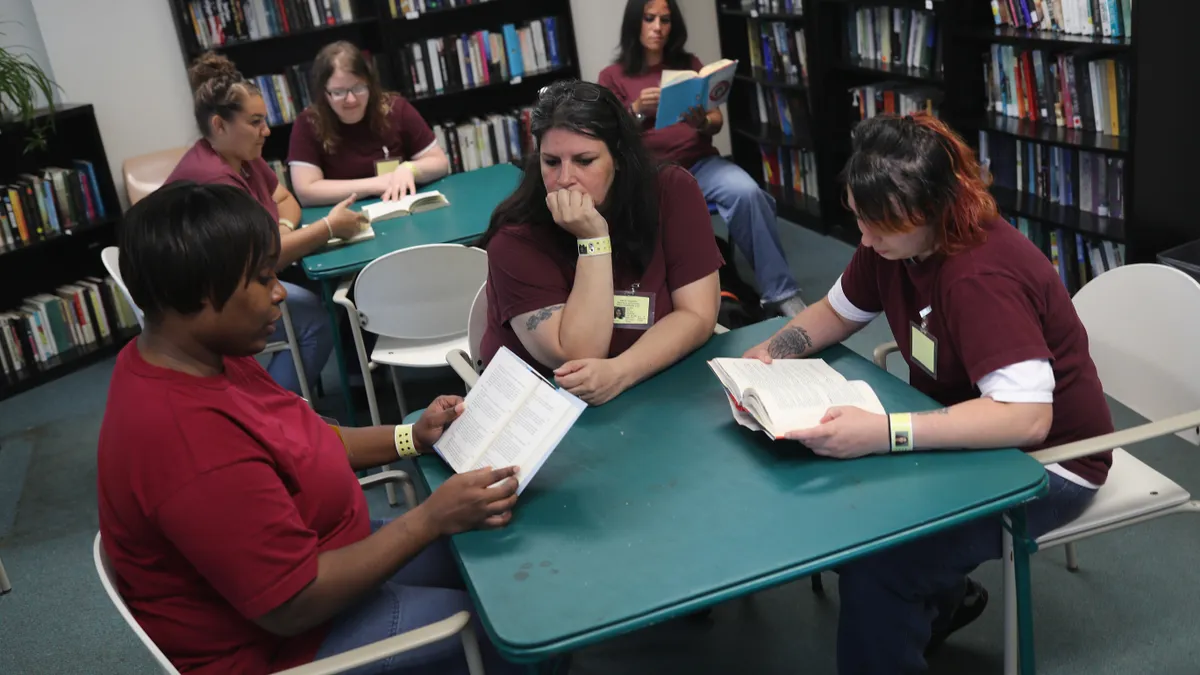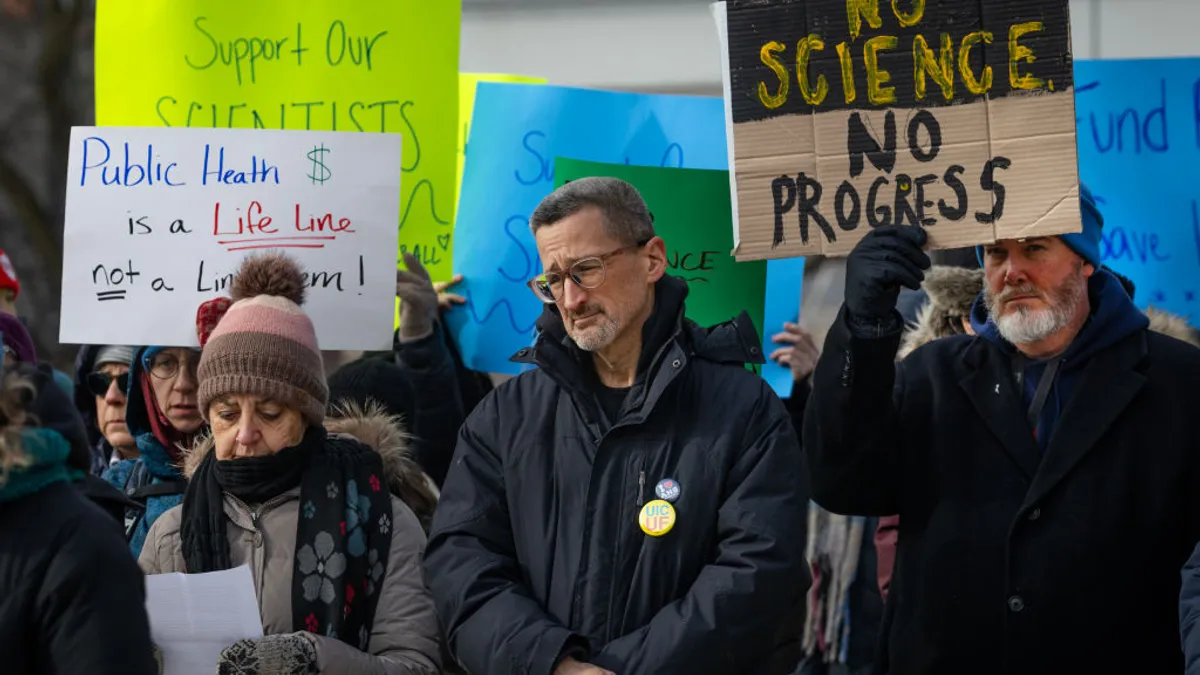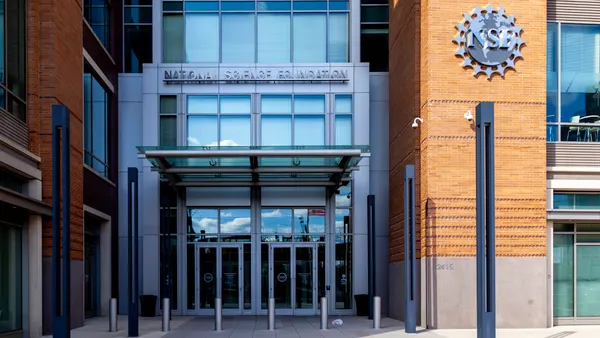Colleges across the country are expecting increased interest in prison education programs following the return of Pell Grant eligibility for incarcerated people, which is set for July 2023. With less than a year to go, program leaders are preparing for an influx of enrollees and reconsidering how they serve students who are in prison.
Colleges have both altruistic and financial motivations for expanding their prison education programs, according to Rebecca Villarreal, senior director at Jobs for the Future, a nonprofit focused on workforce and education systems.
"Some institutions have a really clear social justice mission and a commitment to addressing issues of equity. For other institutions, we certainly recognize that enrollment declines are a challenge for colleges and universities. Through these programs, there's the opportunity to enroll additional students," Villarreal said.
New guidelines
Under the FAFSA Simplification Act passed at the end of 2020, all incarcerated students will be able to apply for federal Pell Grants for the first time since 1994. With the reinstated Pell program comes new rules for colleges to follow.
Oversight entities will judge whether colleges with prison education programs are acting in students' best interest. At federal prisons, the U.S. Department of Justice’s Bureau of Prisons will oversee the outcomes. At state prisons and jails, it will be the state corrections agencies and the municipal governments, respectively.
Success metrics include post-release job placement rates, transferability of credits toward degree programs at other institutions, and availability and quality of academic and career advising services.
Because college leaders can't check in with incarcerated students as casually as they can with the rest of their student body, they are gearing up for the challenge of tracking progress with limited contact and minimal emails and phone calls, according to Villarreal. Often, that means more staff.
"Folks have asked, like, 'How many students per staff member should I allocate?' or, 'How will I know when I need more people?'" Villarreal said. "There are lots of outstanding questions and they're each so facility- or state-specific."
Colleges that are new to prison education often look for comparison to the work of institutions that have participated in the Second Chance Pell initiative, Villarreal said. That pilot program, which began in 2015, allows select partner colleges to accept Pell funds for prison education programs.
Funding the changes
Increased services and staff almost universally mean increased spending for colleges.
Across the country, 20 colleges and two state systems are experimenting with ways to improve their prison education programs through grant money from the private Ready for Pell initiative. The program awarded up to $120,000 to each institution under a joint effort between Jobs for the Future and the Ascendium Education Group, a student loan guarantor.
The money will go toward expanding the colleges' services in prisons, such as career and post-release counseling and assistance with filing the Free Application for Federal Student Aid.
Grant recipients include:
- Arkansas Community College System.
- Amarillo College, in Texas.
- Arkansas Northeastern College.
- Benjamin Franklin Institute of Technology, in Massachusetts.
- California State University, San Bernardino.
- College Unbound, based in Rhode Island.
- Des Moines Area Community College, in Iowa.
- Herkimer County Community College, in New York.
- Hope-Western Prison Education Program, in Michigan.
- Minneapolis Community & Technical College.
- Moraine Park Technical College, in Wisconsin.
- Northeast Mississippi Community College.
- Pennsylvania State University.
- Portland State University, in Oregon.
- The Research Foundation for The State University of New York.
- San Antonio College, in Texas.
- Sinclair Community College, in Ohio.
- South Louisiana Community College.
- Tufts University, in Massachusetts.
- Tulane University, in Louisiana.
- The University of Buffalo, in New York.
- The University of New Haven, in Connecticut.
JFF looked to create a diverse cohort of grant recipients for its new initiative, according to Villarreal.
"We wanted to be able to have public institutions, private institutions, two-year institutions, four-year institutions, as well as geographic diversity," she said. "We were also really intentional about making sure that there were not only men's [prison] facilities included, but also women's facilities."
For decades, female inmates received inferior educational opportunities compared to their male counterparts. The Second Chance Pell program helped narrow that gap. In 2020, women made up 7% of the U.S. prison population but were 15% of the population enrolled in Second Chance Pell that academic year, according to the Vera Institute of Justice. In comparison, men comprised 93% of the population and 85% of Second Chance Pell students.
Over 9,000 incarcerated students earned a certificate or diploma through the program from 2016 through 2021.













